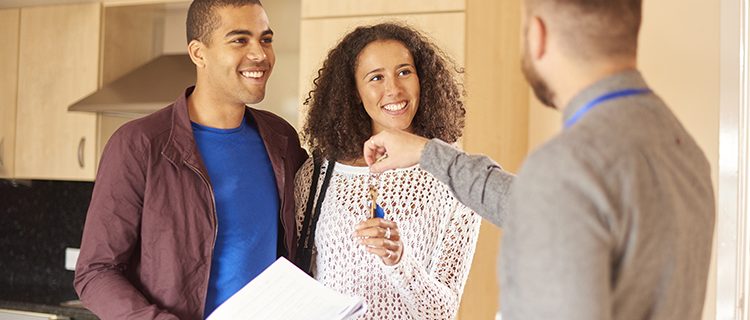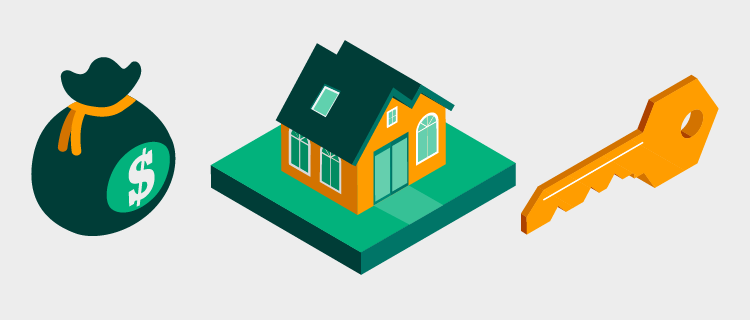Saving for a Down Payment? Here’s What You Need To Know.
If you’re planning to buy your first home, then you’re probably focused on saving for all the costs involved in such a big purchase. One of the expenses that may be at the top of your mind is your down payment. If you’re intimidated by how much you need to save for that, it may …
Read more “Saving for a Down Payment? Here’s What You Need To Know.”





